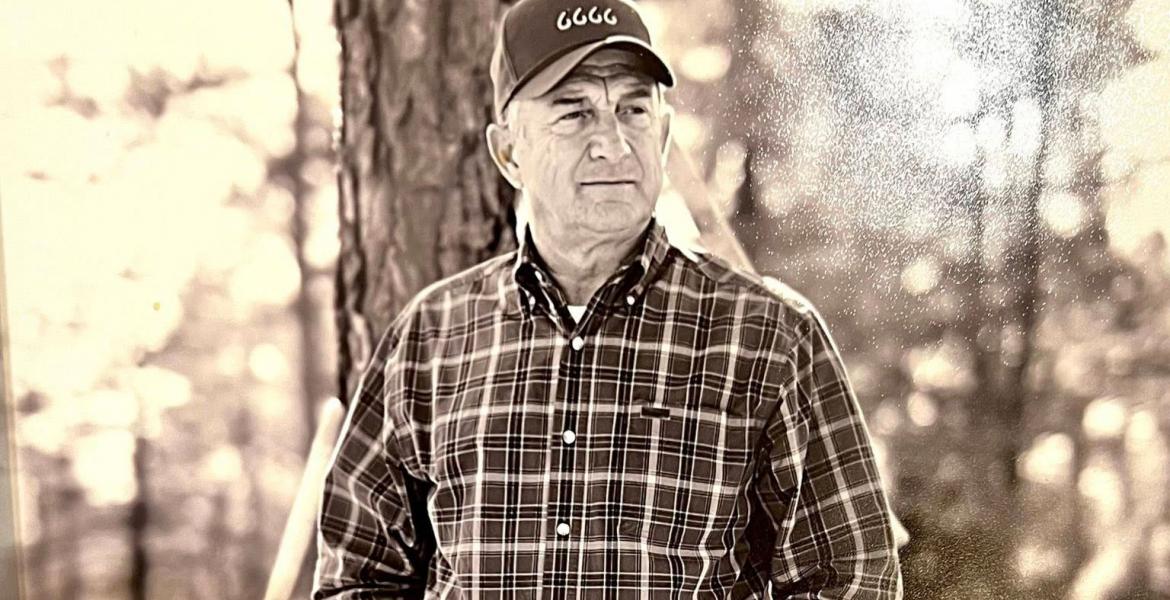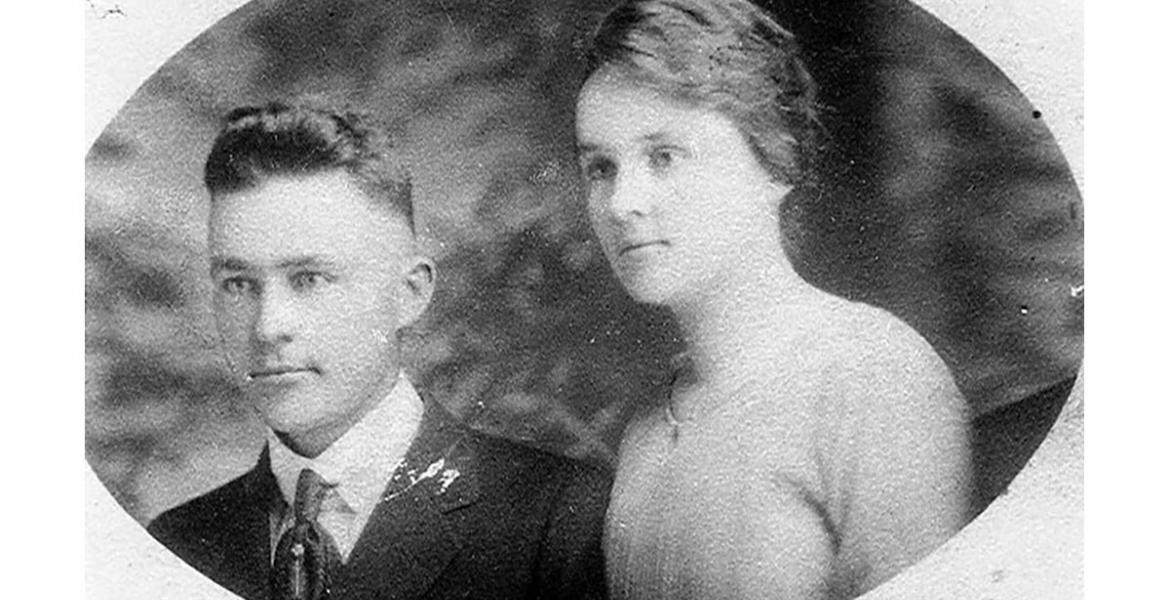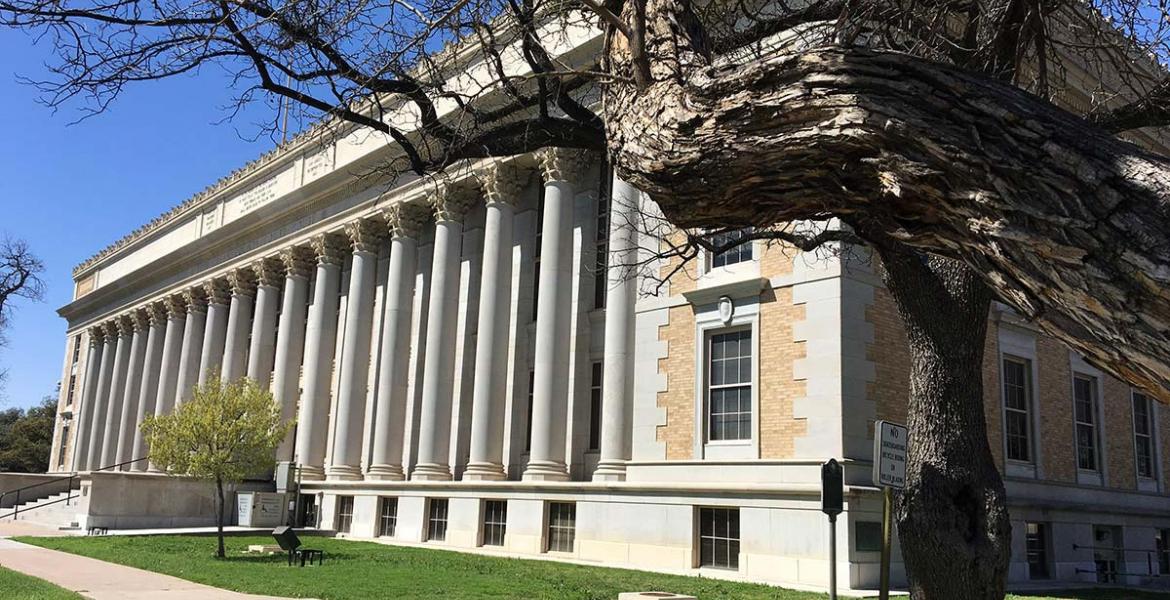SAN ANGELO – The late Kenneth Gunter routinely asked me, "What are you doing today to keep San Angelo from becoming the biggest pit stop between Dallas and El Paso?" It's a question that every San Angeloan should regularly ask themselves, especially our government administrators and elected officials. My hope is that this piece can spark a serious conversation about rejuvenating our physical environment in San Angelo.
During my recent two-week visit to San Angelo, I had the opportunity to catch up with old friends, spend time with family, tend to business matters, and drive around town. I was deeply struck by how many of our arterial streets and neighborhoods looked. The landscape and entry corridors into our city appeared shabby, leaving a less-than-ideal first impression for our visitors. We pride ourselves on being an oasis: a place where three rivers converge as one, boasting three reservoirs, including a constant level lake that offers recreation and natural beauty.
We must have a renewal. Beautifying our city is an act of hope, the very essence of economic development. This should be our collective mission. By investing in our physical environment, we express our love for this place and our commitment to its future. We reaffirm our roots, showing that we are not just blowing in the wind like tumbleweeds. Instead, we are building a shared future.
Time and again, our forefathers rebuilt the landscape after natural disasters and challenging times. However, decades of drought and perhaps a lack of overarching civic vision have left San Angelo looking worn out and devoid collective vision.
The recent “snowmageddon” dealt a significant blow, wiping out most of the Arizona Ash trees throughout the city. Tree skeletons now dot our landscape, and once-healthy hedges and vegetation noticeably wither away. San Angelo is in dire need of a serious effort to clean up and rejuvenate our physical surroundings. We must replant for the future, learning from the past to guide and inform our way forward.
An example lies in our older neighborhoods, where pecan trees abundantly stand, albeit barely. Most of these trees were planted as part of a civic campaign in the 1930s, 40s, and 50s, which made saplings available to residents who agreed to plant and nurture them in their yards. We can replicate this success.
Another bright spot is the Angelo State University campus, where Dr. Lloyd Vincent planted hundreds of oak trees, resulting in a gorgeous landscape that enhances the atmosphere for learning. On the corner of Knickerbocker and Loop 306, the Texas Department of Transportation (TXDOT) regional headquarters showcases a beautiful natural setting, though it would be even more inviting with picnic benches nestled under those magnificent trees. Notable private efforts also dot our landscape.
To initiate a community-wide effort, we have tools at our disposal to reverse the decay and sow the seeds for a renewal throughout San Angelo. Federal resources should be a priority. I recall that we were able to secure over $100,000 dollars from HUD to build additional pools for our International Water Lily collection.
There are likely funds available from TXDOT for projects related to state maintained corridors. City leaders have a seat at various planning boards, such as the Concho Valley Council of Government, CVCG, where they collaborate with county judges and state officials to plan projects for the Concho Valley. All it takes is a very clear community vision.
Here's an idea: The City of San Angelo could propose a voluntary monthly assessment of $10 on water bills, contributing to a fund that assists the removal of dead trees from private properties for those in need. Additionally, finding a beneficial use for the resulting biomass, such as mulching it, could be explored. Alternatively, a campaign could be launched to accept bio materials for free at a designated location. County government could also partner in a meaningful way.
My dear friend, the former parks director of Ector County, offered a couple of ideas as well. Creating attractive earthen mounds and well-maintained berms could be an effective strategy for enhancing certain corridors, such as the stretch of land from the Southside Recreation Center to Avenue N. These berms could offer much-needed buffer zones for residents along this route, shielding them from heavy traffic. This strategy may require support from private landowners.
Overlay districts are another effective tool that city governments can implement. The Tax Reinvestment Zone covering downtown San Angelo extending to north San Angelo has visibly transformed the landscaping and hard scaping along N. Chadbourne and significant portions of our historic central business district. This area is looking good. A similar approach could enhance Sherwood Way, Beauregard Avenue, important parts of east San Angelo and parts of Knickerbocker Road. Over time, the city could exercise significant power by requiring specific landscape criteria for new businesses along these vital corridors.
It is high time we prioritize the rejuvenation of San Angelo's physical environment. By investing in our city, we invest in our shared future. Let's capitalize on the successful initiatives of the past, seek state and federal resources, engage in community-wide planning, and implement effective strategies. These efforts will shape a vibrant and thriving San Angelo, where our shared love for this place is evident, and our commitment to one another and our home is unwavering.
Joseph W Lown
Former mayor of San Angelo
Subscribe to the LIVE! Daily
Required






Comments
We're setting records for heat and drought. Methinks planting anything is absolutely out of the question as we can't prevent our current vegetation from getting absolutely cooked this summer.
- Log in or register to post comments
PermalinkPost a comment to this article here: